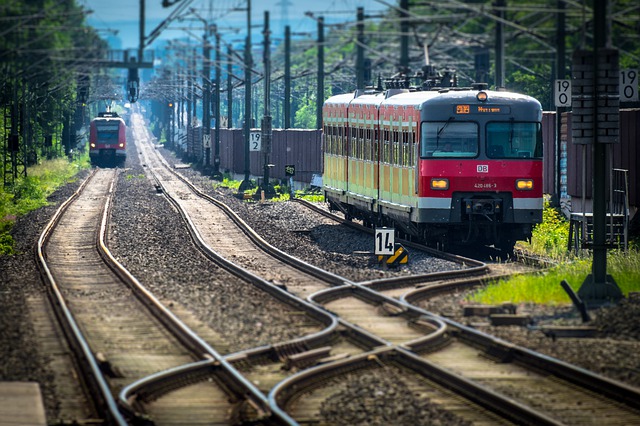The invention of steam engine by James Watt revolutionized the mode of transport all over the world. Railway, as a mode of transport, is the most organized transport all over the world. It is the cheapest and quickest means of transport for carrying heavy goods over long distance. It renders an essential public service and requires a huge capital outlay for laying of tracks, construction of bridges, purchase of locomotives etc.
Railways are among the biggest public utilities of a country. Rail transport is a means of transferring of passengers and goods on wheeled vehicles running on rails (tracks). Rail transport started to be important in the Industrial Revolution.
There are three types of tracks that are in operation. They are (I) Meter gauge (ii) Broad gauge and (iii) Narrow gauge
Advantages of Railway Transport
- Railways are well suited for carrying heavy and bulky goods over long distances.
- It can provide long-distance travel throughout the day and night with unbroken services.
- It can provide better production and safety to goods than motor transport. The goods generally carried in closed wagons are not exposed to sun, rain etc.
- Though the initial investment is large, in the long run the operating expenses will be very low in railways and it will prove a cheaper mode of transport.
- It requires less time than motor transport for carrying goods over long distance with greater speed
- It has a regular schedule of timing and is available throughout the year. 6. It provides unaffected services whether rainy or shinny weather conditions.
Disadvantages of Railway Transport
- Railway rates are relatively higher than motor transport for transporting lightweight articles over a short distance.
- It is inflexible, as it is operated to a particular track which cannot deviate from the set routes.
- In rural areas, it cannot offer adequate traffic because of uneconomical operating cost.
- It requires heavy investment for installation of tracks and maintenance that increases its fare on the users.
- If railways are not fully utilized and if wagons and coaches are to half-empty to its capacity, a heavy financial burden will be cast on the railway.




